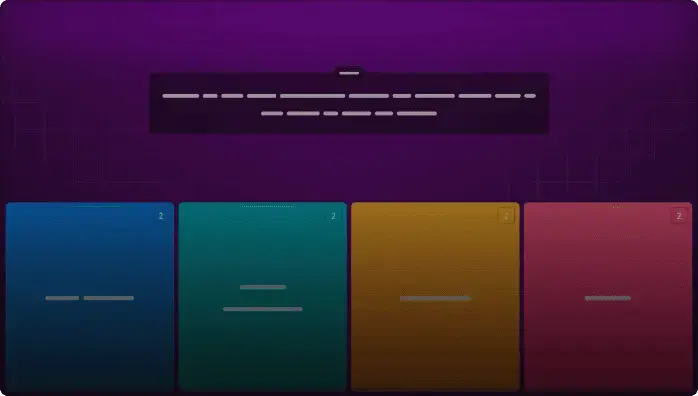
Organisational Change
Assessment
•
Andy Ohemeng
•
Business
•
University
•
71 plays
•
Medium
Student preview

17 questions
Show answers
1.
Multiple Choice
What statements are true of planned change?
The activities that are proactive and purposeful; they are intentional, goal-oriented activities.
The goals of planned change are improving the ability of the organisation to adapt to changes in another environment and changing employee behaviour.
The change agents are people who react to and assume the responsibility for managing change activities.
Is accidental in nature.
2.
Multiple Select
Which statements are true of resistance to change?
Resistance to change can result in loss of employee loyalty and motivation, increased errors or mistakes and increased absenteeism.
Group reasons to resist change are: habit, security, economic factors, fear of the unknown and selective information processing.
Resistance to change can take the form of a covert and immediate response, such as voicing complaints and engaging in job actions.
Individual sources of change include: structural inertia, limited focus of change, group inertia, threat to expertise, threat to power relationships and threat to resource allocations.
3.
Multiple Choice
Lewin’s three-step model of change management, consisting of:
Unfreezing the status quo, through movement to a desired end state, and refreezing the new change to make it permanent.
Establish a sense of urgency, form a coalition, and create a new vision.
Communicate the vision, empower others by removing barriers, create and reward short-term ‘wins'.
Create a new vision, consolidate, reassess and adjust, and Reinforce the changes.
4.
Multiple Choice
Organisational development:
Is a strategy of redesigning the organisational structure to be flatter and increasing cross-functional activities and reshaping the culture to accept admitted failures and mistakes.
Is a change process based on systematic collection of data and then the selection of a change action based on what the analysed data indicates
Is a culture for change that stimulate a culture of innovation.
Is a collection of planned interventions, built on humanistic democratic values that seeks to improve organisational effectiveness and employee well-being.
5.
Multiple Choice
Phase One, unfreezing of Lewins model for change includes
creating a felt need for change, minimising resistance to change
reinforcing outcomes and evaluating results
changing people, tasks, structure and technology
making constructive modifications
6.
Multiple Choice
Improper refreezing results in
long-term internalisation
change that is abandoned
change that is completely implemented
temporary complete compliance
Explore all questions with a free account
Find a similar activity
Create activity tailored to your needs using
.svg)

Organisational Change
•
University

CH10 OB
•
University

CHAPTER 16
•
University

OD - Quiz 1 (till diagnosis)
•
University

Organisational Change and Stress Management
•
University

MGMT 301 Chapter 7
•
University

Organizational Change and Stress Management
•
University

Change Management Quiz
•
University
